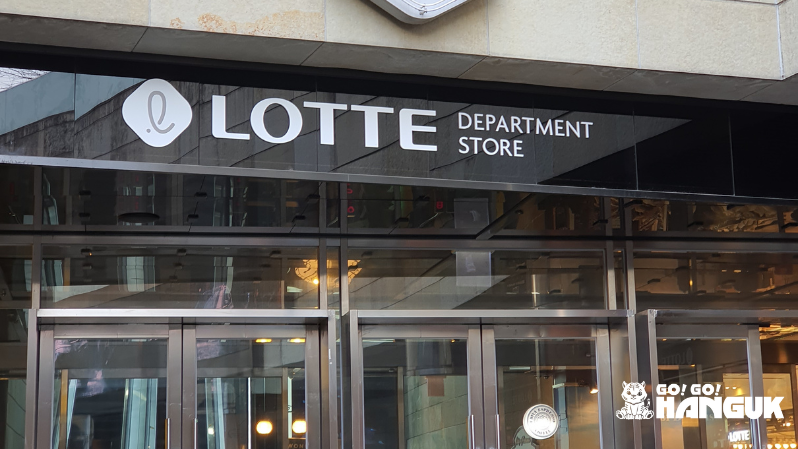When you think of South Korea, what comes to mind? K-pop, K-dramas, kimchi, and maybe Samsung? If that last one rang a bell, you’ve just met the tip of the chaebol families in South Korea‘s iceberg. These massive, family-run business empires dominate the Korean economy, and they’re not just huge in size, but also in cultural and global influence.
So, who really runs the show in Korea’s corporate world? Let’s dive into the top 5 most influential chaebol families in South Korea, what they own, how far their reach goes, and even how you might land a job at one of these powerful conglomerates.
Here are the 5 Chaebol families in South Korea
A chaebol (재벌) is a large business conglomerate in South Korea that’s usually owned and run by one family. You can think of it as a family running multiple businesses under one name. Big names like Samsung, Hyundai, and LG are all chaebols. They play a huge role in Korea’s economy, and you’ll find their products all over the world—not just in South Korea!
1. The Lee Family – Samsung Empire
If chaebol families in South Korea had a royal court, the Lee family would be sitting on the throne. Founded by Lee Byung-chul in 1938 as a trading company, Samsung has evolved into a tech titan. Its crown jewel, Samsung Electronics, is now the world’s leading manufacturer of smartphones, TVs, and memory chips.
But Samsung’s reach is far from limited to gadgets. It stretches across construction (Samsung C&T), insurance (Samsung Life), biotechnology (Samsung Biologics), and even amusement parks (Everland). Samsung SDS handles IT services, and Samsung Heavy Industries is a leader in global shipbuilding.
Samsung controls around 20% of the Korean stock exchange’s total market value and contributes over 15% to the national GDP. When comparing chaebol families in South Korea to Japan’s corporate giants, Samsung is often compared to Sony as both dominate global consumer electronics, though Samsung’s empire is arguably more expansive.

2. The Chung Family – Hyundai Motor Group
The Hyundai name is synonymous with automobiles, but the Chung family’s reach spans far beyond the driver’s seat. Founded by Chung Ju-yung in 1947, Hyundai has since split into several groups, the most prominent being Hyundai Motor Group, now led by Chung Eui-sun.
Hyundai Motor Company, Kia, and the luxury brand Genesis form the automotive core of the conglomerate. Hyundai’s global car footprint rivals that of Japan’s Toyota, both giants with their own luxury arms (Genesis and Lexus).
But like other chaebol families in South Korea, the Chung family diversified early. Hyundai Engineering & Construction literally helped rebuild post-war Korea, laying down highways and raising skyscrapers. Hyundai Mobis, their parts and tech arm, supports the global car supply chain.
3. SK Group – The Chey Family
Founded as a textile company in 1953, the Chey family’s SK Group has become a modern-day tech and energy powerhouse, a rising star among the chaebol families in South Korea. You might not see their logo on your phone, but you’re probably using their network. SK Telecom is Korea’s largest mobile carrier, much like NTT or SoftBank in Japan.
SK Hynix is another gem in its crown, ranking second globally in memory chip production, just behind Samsung. Meanwhile, SK Innovation and SK Energy hold massive stakes in petrochemicals and EV battery technology. Lesser-known divisions like SK E&S (focused on natural gas and renewables) and SK Biopharmaceuticals are breaking into global healthcare.
Among all the chaebol families in South Korea, SK stands out for its investment in sustainability and AI, with big moves expected in the coming years.
4. The Koo Family – LG Group
While Samsung basks in the global spotlight, LG has become the silent workhorse among chaebol families in South Korea. Founded in 1947 as Lucky Goldstar, LG is known today for its sleek home appliances, world-class OLED TVs, and innovation in energy solutions.
Subsidiaries like LG Energy Solution supply EV batteries to giants like Tesla and GM. LG Innotek builds advanced camera modules used in Apple’s iPhones, while LG CNS leads Korea’s smart factory and IT service revolution.
LG’s Japanese counterparts would be companies like Panasonic and Mitsubishi Electric, all focused on cutting-edge electronics, batteries, and smart tech.
The Koo family has ensured LG’s global presence, with strong markets in Europe, the U.S., and Latin America, making them a critical player among chaebol families in South Korea.

5. The Shin Family – Lotte Group
Among all chaebol families in South Korea, the Shin family’s Lotte Group has the most unique origin story. Founded in Japan in 1948 by Korean-Japanese entrepreneur Shin Kyuk-ho, Lotte later expanded into South Korea, growing into a major force in retail, food, and hospitality.
Lotte is everywhere, from malls and supermarkets to luxury hotels and the towering Lotte World Tower. Their lesser-known arms include Lotte Chilsung (beverages), Lotte Chemical, and Lotte Duty-Free.
The closest Japanese counterpart? Aeon. Just like Lotte, Aeon is a retail empire with hypermarkets, shopping malls, and diversified ventures in food, entertainment, and lifestyle products.
Despite a highly public family feud in the 2010s that played out like a real-life K-drama, Lotte remains one of the most consumer-friendly and visible chaebol families in South Korea.
Working for Chaebol families in South Korea
As chaebol families in South Korea expand globally, they’re increasingly on the lookout for diverse, international talent, particularly in fields like tech, global marketing, design, and data science.
For foreign students hoping to land a job at one of these powerhouse companies, studying at a Korean university and possessing strong Korean language skills, with TOPIK level 4 or higher, can significantly boost your chances. Check our article on the short and long-term options for studying in Korea and the FAQ on living and studying in South Korea.
Many chaebol families in South Korea offer dedicated programs and global recruitment pipelines aimed at foreign graduates, making Korea a prime destination for career-minded international students. Check out the Samsung Dream Scholarship Foundation and the LOTTE Scholarship Foundation for more information!
So, if you’re studying in Korea, take those language classes seriously, attend job fairs, and keep an eye out for corporate partnerships through your university. Working at one of the chaebol families in South Korea might just be your next big step.
For more information about the Korean language and culture, follow our blog or contact us to live and study in Korea!








